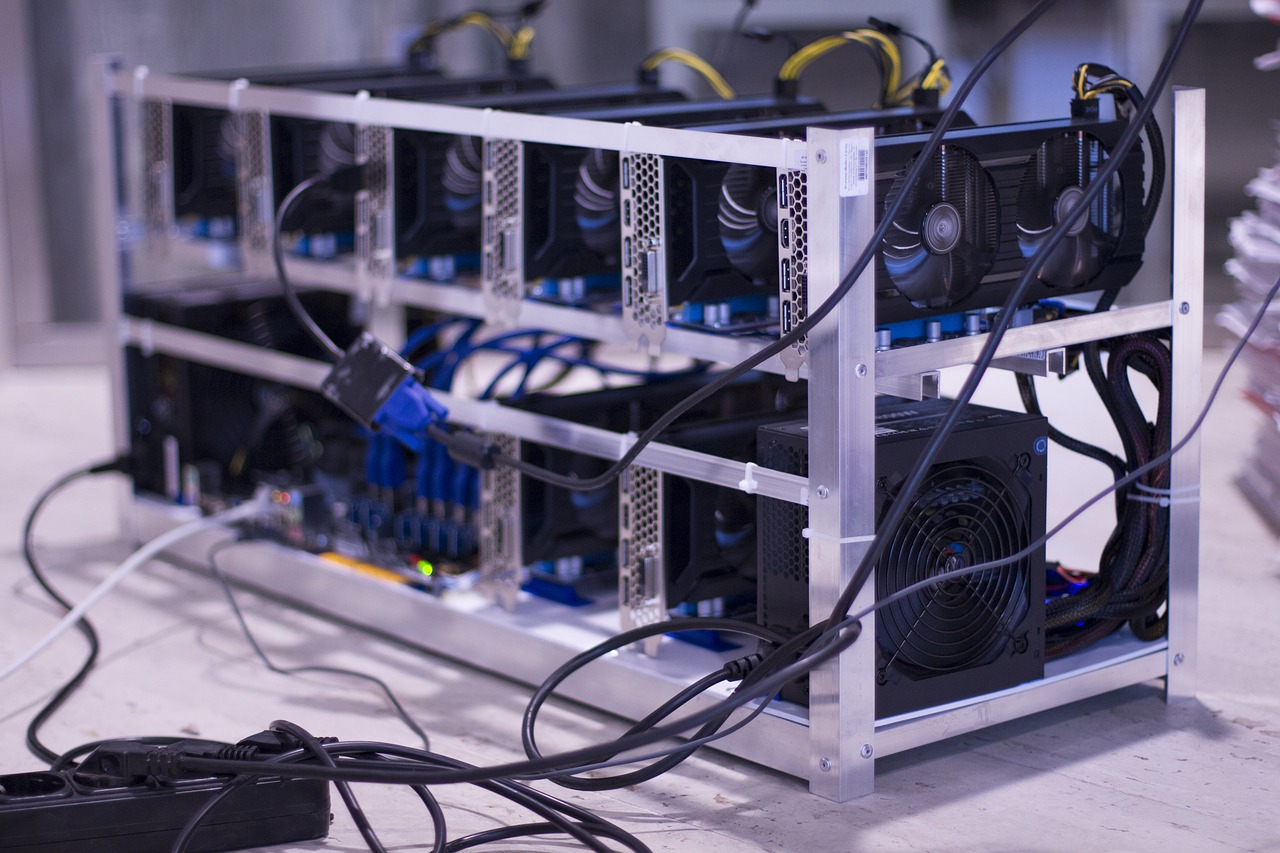It seems the whole world is taking notice of Bitcoin since its recent price hike. But, rather than buy a few thousand dollars’ worth of the cryptocurrency, one Canadian couple from Langley, British Columbia has taken their investment to the next level.
Bitcoin Prospectors
Dan Ingram and his wife, Amanda Ryland, were looking for a more stable and long-term investment than speculating in Bitcoin. So they decided to go the more unusual route of buying the machinery that generates Bitcoins. With their life savings of $100,000, they rented a warehouse space, with plans to fill it up with the high-speed computers designed for “mining” Bitcoins.
In a world where the cryptocurrency seems to be on an unstoppable incline, setting up your own mining facility may seem like the obvious choice. However, the machines are expensive – currently, Ingram and Ryland only have 11, although they have ordered more from China – and noisy.
They are also far from ecologically sustainable; they take a lot of electricity to run, and often overheat, requiring the hardware to have a built-in fanning system. Astonishingly, Bitcoin mining is now consuming more electricity than 159 countries. Mining energy consumption has increased by 29.98% in the past month alone, and Digiconomist ranks it at the same level as the entire country of Serbia.

The financial cost of mining isn’t small either – globally, it comes to around $1.6 billion per year. But with an annual $11.3 billion in revenues, it seems Ingram and Ryland have made a very smart investment decision.
Competition With Large Corporations
While normally mining cryptocurrency falls to large companies who have the financial power to profitably run such an operation, for Ingram and Ryland it’s a much riskier enterprise. However, renting the warehouse space has given them access to lower-cost electricity, and they have joined an online co-op of other individual miners to grab a small portion of cryptocurrencies mined daily.
So what exactly goes into mining Bitcoins?
Bitcoins are accessed by the computers solving puzzles or math problems, which grow increasingly complicated to account for the finite supply of Bitcoins. As the portion of Bitcoin that each equation unlocks grows smaller and smaller, that means that the computers need to solve them ever more rapidly to keep revenues up.
And with cryptocurrency super-mines set up in places like China and Venezuela, where manpower and cheap electricity are plentiful, it can seem daunting for small entrepreneurs who are trying to compete.
Bitcoin Goes Mainstream
However, with Bitcoin’s skyrocketing price in recent months, small miners like Ingram feel the risk is worth it. Even its most infamous detractors, such as JP Morgan, are changing their tune, admitting that it is indeed a viable currency, after Bitcoin’s market cap recently surpassed that of the banking giant. Financial analysts are beginning to speculate that soon cryptocurrencies will meet or even overtake gold as the most valuable investable asset. Some government banks are even trying to get in on the craze.
And with the unprecedented growth Bitcoin has seen in the past month, who can blame entrepreneurs like Ingram for having high hopes? He and his wife still have their jobs to fall back on, and with so much skin in the game, both are prepared to weather out Bitcoin’s volatility until their mining business gets off the ground. Even getting in this late in the game, now that more and more mainstream institutions taking notice of Bitcoin, the returns could very well be astronomical.

